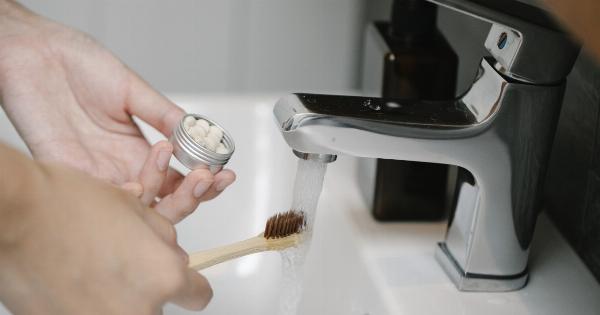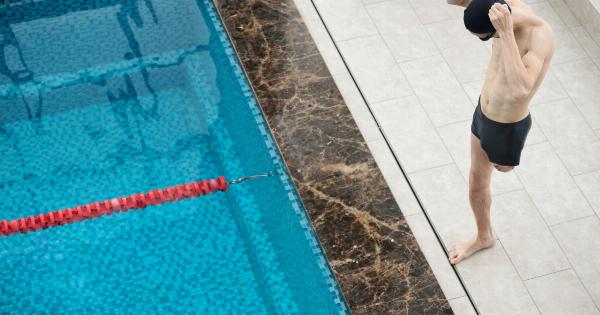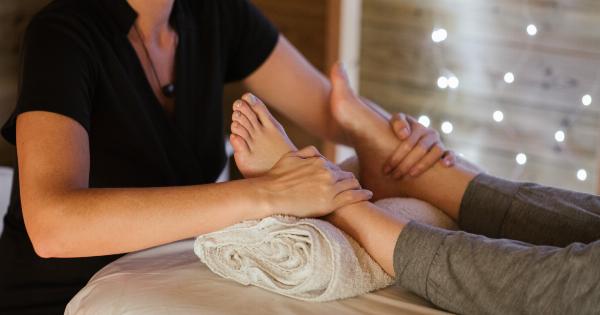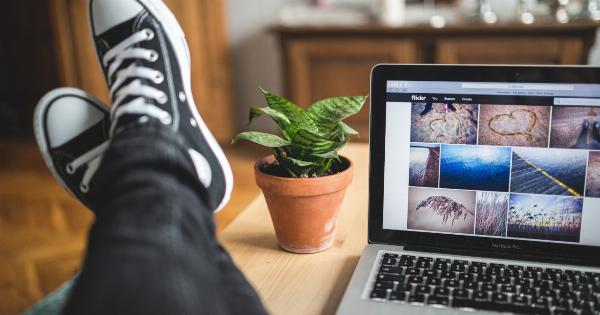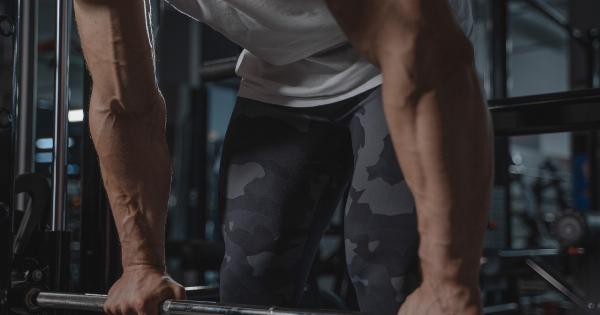Swollen legs, also known as edema, can be a common condition that affects individuals of all ages. This condition occurs when excess fluid accumulates in the tissues of the legs, leading to swelling, discomfort, and reduced mobility.
Causes of Swollen Legs
There are several factors that contribute to the development of swollen legs. Understanding the underlying causes can help in managing and reducing edema effectively. Some common causes include:.
1. Prolonged Sitting or Standing
Remaining in the same position for extended periods, such as sitting or standing, can cause fluid to accumulate in the lower legs.
This can be particularly common for individuals with desk jobs or those who have to stay on their feet for long durations.
2. Injury or Surgery
Leg injuries or post-surgical procedures can result in localized swelling. The body’s natural response to trauma is to increase blood flow to the injured area, which may lead to edema.
In some cases, this swelling can persist for an extended period.
3. Pregnancy
Pregnancy often causes fluid retention throughout the body, including the legs. Hormonal changes, increased blood volume, and the growing uterus can all contribute to swelling in the lower extremities.
This type of edema typically resolves after giving birth.
4. Medical Conditions
Several medical conditions can contribute to the development of swollen legs. These include chronic venous insufficiency, lymphedema, heart disease, kidney disease, and certain medications.
Managing the underlying condition is essential for reducing edema in such cases.
5. Inactivity
A sedentary lifestyle or lack of regular exercise can lead to poor circulation and fluid buildup in the legs. Engaging in physical activity is crucial for promoting healthy blood flow and reducing the risk of edema.
Recognizing Symptoms of Edema
Identifying the signs of swollen legs is vital for timely intervention and effective management. Common symptoms include:.
1. Swelling
Obvious swelling or puffiness in the legs, ankles, and feet is the primary symptom of edema. This swelling may be painful or tender to the touch.
2. Tightness or Heaviness
Individuals with edema often report a sensation of tightness or heaviness in the legs. This discomfort can make it challenging to move or perform daily activities.
3. Skin Changes
The skin over the swollen areas may appear stretched, shiny, or discolored. In severe cases, small pits or indentations may form when pressure is applied to the affected areas.
Managing Swollen Legs: Tips for Reducing Edema
While managing the underlying cause of edema is vital, there are several self-care strategies that can help reduce swelling in the legs. These include:.
1. Elevate Your Legs
Whenever possible, elevate your legs above heart level to promote better circulation and drainage. Prop them up on a pillow or use an ottoman to achieve the desired elevation.
Regularly elevating your legs for 15-30 minutes several times a day can provide significant relief.
2. Wear Compression Stockings
Compression stockings or socks gently squeeze the legs, promoting better blood flow and reducing swelling. Consult with a healthcare professional to determine the appropriate level of compression for your specific needs.
3. Stay Active
A sedentary lifestyle can worsen edema, so it is important to stay physically active. Engage in regular exercise such as walking, cycling, or swimming to help improve circulation and reduce fluid buildup in the legs.
4. Avoid Prolonged Sitting or Standing
If your job requires long periods of sitting, take regular breaks to walk around and stretch your legs.
If standing for extended periods is unavoidable, try shifting your weight from one leg to another or using a footrest to help reduce the strain on your legs.
5. Practice Leg Massage
Gently massaging your legs can help stimulate circulation and reduce fluid buildup. Use gentle strokes, starting from the ankles and moving up towards the thighs.
Avoid applying too much pressure, especially if you have any underlying conditions such as varicose veins.
6. Maintain a Healthy Weight
Excess weight can put added strain on your legs and contribute to edema. Maintain a healthy weight through a balanced diet and regular exercise to reduce the risk of swollen legs.
7. Limit Salt Intake
High salt intake can contribute to fluid retention in the body. Reduce your consumption of salty processed foods and opt for fresh, whole foods instead. Be mindful of hidden sources of sodium in condiments and sauces.
8. Stay Hydrated
While it may seem counterintuitive, staying adequately hydrated can help reduce edema. When you are dehydrated, your body tends to retain water, leading to fluid buildup.
Aim to drink at least eight cups of water per day or more if you engage in intense physical activity.
9. Avoid Tight Clothing
Tight clothing, especially around the waist and thighs, can restrict blood flow and contribute to edema. Opt for loose-fitting clothing that allows for proper circulation.
10. Seek Medical Advice
If your edema persists or worsens despite trying self-care measures, it is essential to seek medical advice. A healthcare professional can identify any underlying conditions contributing to the swelling and suggest appropriate treatment options.
Conclusion
Managing swollen legs, or edema, requires a multifaceted approach that addresses the underlying causes and incorporates self-care strategies.
By understanding the causes, recognizing symptoms, and implementing these tips, individuals can effectively reduce edema and improve overall leg health. Remember to consult with a healthcare professional for personalized advice and treatment options tailored to your specific needs.

